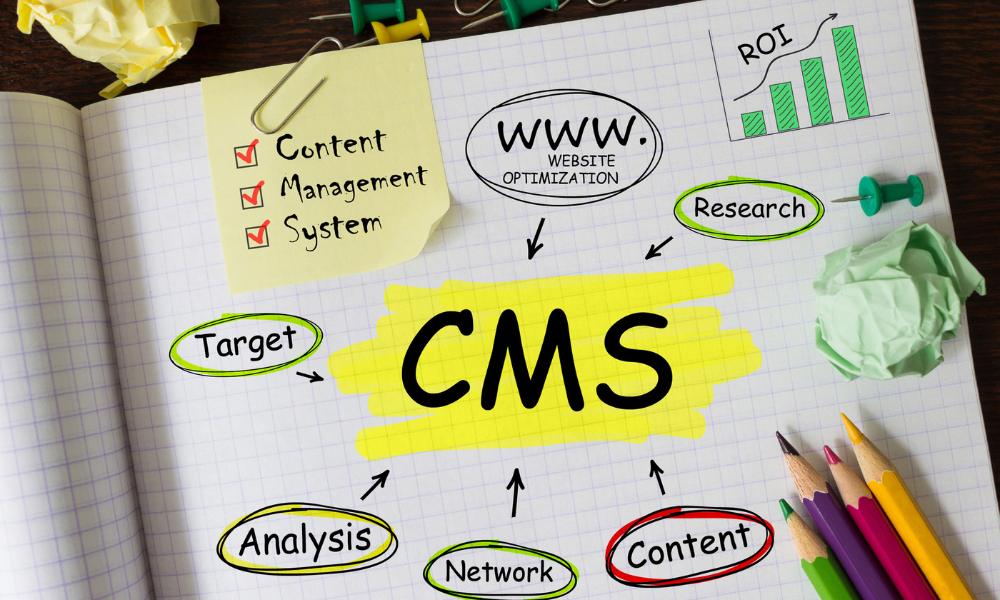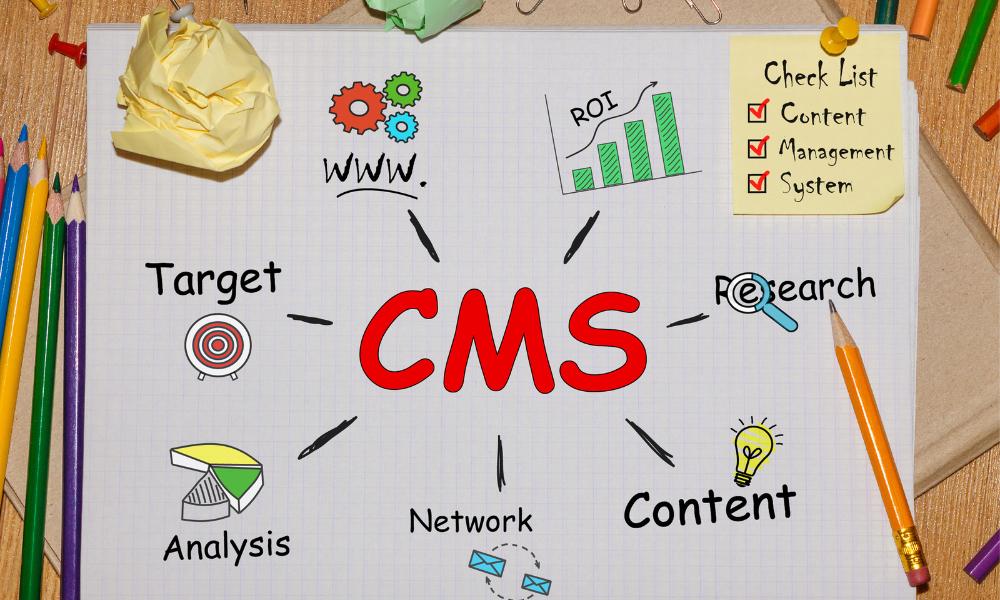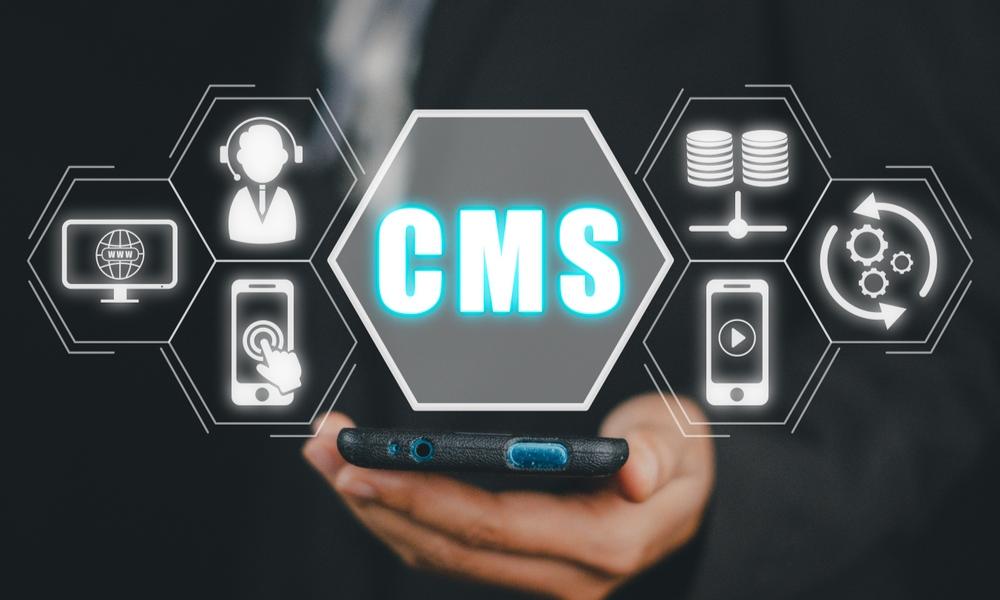In today’s digital world, having the right content management system (CMS) for your construction business website can significantly impact your online presence. The CMS you choose should align with your goals, whether you’re looking for flexibility, ease of use, scalability, or speed. Choosing between a traditional CMS and a headless CMS may seem daunting at first, but understanding the differences between these two options will help you make an informed decision for your business.
What You’ll Learn in This Article:
- What is a Traditional CMS? – Understand the features and advantages of a traditional CMS.
- What is a Headless CMS? – Explore the flexibility and scalability of a headless CMS.
- Traditional CMS Pros and Cons – A closer look at the benefits and drawbacks of traditional CMS.
- Headless CMS Pros and Cons – Discover the strengths and weaknesses of headless CMS.
- Which CMS is Right for Your Construction Website? – Find out which CMS fits your needs.
- The Best CMS for Future-Proofing Your Website – How to choose a system that grows with your business.
What’s a Traditional CMS?
A traditional CMS, often known as a monolithic CMS, is the all-in-one solution that most construction businesses rely on. Think of platforms like WordPress, where content creation, storage, and delivery all happen in one place. It’s an integrated system that simplifies publishing by offering everything you need within a single platform.
In a traditional CMS, you create and manage your content in the backend and publish it on a predetermined frontend layout. These systems come with a variety of templates, allowing businesses to get their website up and running quickly without requiring a lot of technical knowledge. For construction businesses that need to showcase their services, portfolio, and client testimonials in an easy-to-navigate environment, a traditional CMS offers simplicity, quick setup, and affordability.
However, traditional CMS systems often struggle with delivering content across different devices or platforms. They are generally tied to the web and don’t offer the flexibility needed for multi-channel content delivery. This can be limiting if your construction business is expanding its digital presence to mobile apps, smart devices, or other emerging platforms.
What’s a Headless CMS?
A headless CMS takes a different approach by separating the content management from its display. This means that you manage content in the backend but are not restricted by a predefined frontend. Instead, headless CMS uses APIs (Application Programming Interfaces) to send your content to multiple platforms, whether it’s a website, mobile app, smart device, or even a voice assistant.
For construction businesses that plan to reach customers on various platforms and devices, a headless CMS is an excellent choice. It allows for seamless integration with multiple channels and ensures content is delivered consistently across all touchpoints. If your company plans to grow its digital presence beyond just a website, a headless CMS gives you the flexibility to scale without restrictions.

Traditional CMS Pros and Cons
Pros of Traditional CMS:
Ease of Use: With traditional CMS, you don’t need to be a developer to manage content. Most systems come with user-friendly interfaces, making content creation and publishing simple.
All-in-One Solution: Everything you need is included in the platform – content creation, management, and display.
Quick Setup: A traditional CMS allows for fast website setup, allowing your construction business to go live quickly.
Lower Cost: These systems tend to have lower upfront costs and minimal development requirements.
Cons of Traditional CMS:
Limited Flexibility: Traditional CMS systems often restrict customization, as you’re limited to built-in templates and layouts.
Slower Performance on Mobile: These platforms are typically optimized for desktop but can face issues when it comes to performance on mobile devices or tablets.
Scalability Issues: If your business needs to expand its digital presence across multiple platforms, traditional CMS systems may not scale well.
Lack of Future-Proofing: As technology evolves, traditional CMS systems can quickly become outdated when you need to keep up with newer devices and digital trends.
Headless CMS Pros and Cons
Pros of Headless CMS:
Complete Flexibility: You have full control over how your content is displayed across various platforms. This is particularly useful for construction businesses that want to provide personalized content experiences on different devices.
Future-Proofing: As new devices and digital channels emerge, a headless CMS ensures your content can be easily adapted to new platforms without a complete overhaul.
Faster Load Times: Since the content is delivered only when needed, a headless CMS can often improve website speed and performance.
Multichannel Content Delivery: You can distribute content seamlessly across websites, mobile apps, smart devices, and even wearable technology, ensuring your construction business is always accessible.
Cons of Headless CMS:
Requires Developer Resources: To fully take advantage of the flexibility headless CMS provides, you’ll need development resources. Customizing how content is displayed often requires technical expertise.
Higher Costs: Due to the need for developers and custom solutions, headless CMS can be more expensive to set up and maintain.
Steeper Learning Curve for Marketers: Since headless CMS systems don’t include front-end interfaces like WYSIWYG editors, your marketing team may need more technical knowledge to make changes, slowing down content updates.
No Built-In Features for Marketers: Many headless CMS systems lack built-in tools that are helpful for marketers, such as content previews and A/B testing.

Which CMS is Right for Your Construction Website?
When it comes to choosing the right CMS for your construction website, it’s crucial to consider your business goals, growth plans, and the platforms you wish to target. If your focus is on quickly launching a simple website with essential features, a traditional CMS may be the best choice. It’s easy to use, cost-effective, and perfect for businesses looking to establish an online presence without much technical complexity.
However, if your construction business is aiming to expand its digital presence beyond just a website—such as creating mobile apps or integrating with new technologies—a headless CMS provides the flexibility and scalability needed to deliver content across multiple platforms. It’s a more complex option that requires development resources but offers long-term benefits as your business grows and technology evolves.
The Best CMS for Future-Proofing Your Website
The CMS you choose today should not only meet your current needs but also position your construction business for future growth. A headless CMS is the ideal option if you want a system that can scale with your business and adapt to the rapidly changing digital landscape. By providing flexibility and the ability to integrate with new devices and platforms, a headless CMS ensures your content remains relevant and accessible, no matter where your customers engage with it.
On the other hand, if you prefer a quick, low-maintenance solution that’s easy to manage and doesn’t require a lot of technical expertise, a traditional CMS is a reliable choice. It’s perfect for businesses that need a fast, effective website that works right out of the box without needing much customization.
Ready to get started? Whether you’re looking for a simple website or a scalable, multi-platform solution, our web design service can help. Get a free demo and see how we can build a CMS solution that suits your construction business needs.


